A Cook’n Reader Asks Some VERY GOOD Questions!
Quite some time ago a newsletter reader, Steve Howard (describing himself as a DVO Token Male Cook), wrote in asking “What are the differences between a Blender and a Food Processor? What are the strengths and weaknesses of each type? Do I really need both?”
Well first, apologies to Steve for the very delayed response. Second, a thank you to Steve for the superb questions. I’ve been researching for awhile now to find best answers. Here’s information found on lifehacker.com. Lifehacker’s research is thorough, their answers are concise, and they also include information you might not think to ask. For instance, in this comparison they also included an immersion blender in their research. Here are their conclusions:
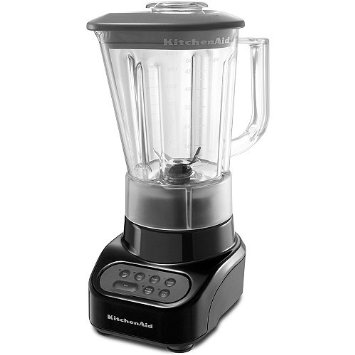
Countertop Blender: “You should stick with a countertop blender if you mainly make smoothies, blended cocktails, soups, and emulsified condiments like mayo. But spring for a higher end blender if you also want to be able to make your own nut butters and whipped cream.”
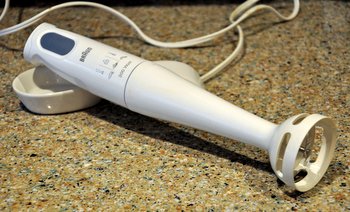
Immersion Blender: “If you really only need a blender for pureeing soups or other liquids (like applesauce or baby food), then the immersion blender is the best choice. You’ll save on storage space and be able to blend batches right in the pot. Many immersion blenders also have attachments you can buy for things like whipping cream or chopping herbs.”
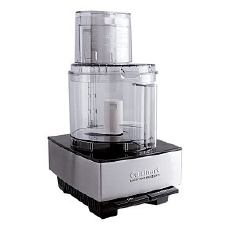
Food Processor: “Need a machine that’s more specialized at helping you prep veggies or grind toppings? The food processor is the answer. You’ll be able to rough chop ingredients for salsa or coleslaw. You can also blend hummus, grind breadcrumbs, and make pesto in just a few minutes. If you make large batches or need to chop bigger items, consider a larger, more powerful food processor over a mini one (as tempting at the space saved may be).”
Thus the answer to Steve’s question starts with qualifying just exactly what your consistent cooking and baking needs are. Once you’re clear on what you want to accomplish on a regular basis, food-prep-wise, you have a clear idea as to which tool(s) you ought to own.
In reading what lots of professional chefs had to say about this question, the majority feel a powerful food processor is a must-have if you do a lot of cooking/baking. To them it’s the priority purchase between the three choices.
Next in priority is the countertop blender. And while there are some excellent models available, the higher end, more powerful blenders are what the pros advocate. I have to agree. I’ve burned up too many lower-cost models. I like the reliability and versatility that a higher end blender offers. It took awhile to save for it, but the wait was worth the satisfaction I experience every time I use this appliance (and I use it 3 or 4 times a day).
Finally, the immersion blender is a “nice thing to have, but it’s not crucial for the home cook.” The pros admit they use their immersion blenders all day long in their professional settings, but concede that the typical home cook can easily get along without one.
Now to Steve’s question about the strengths and weaknesses of each type:
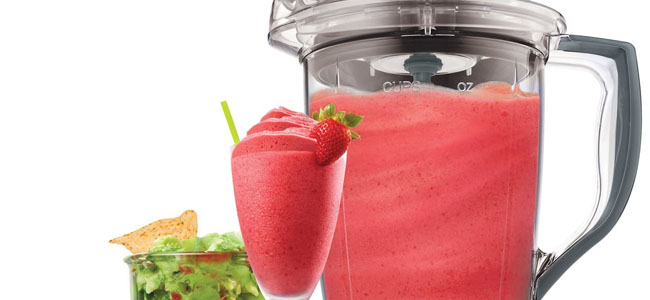
Countertop Blender Strengths:
Handles liquids with precision
Easy to clean
Container can serve as short term storage container for refrigeration
Can do a wide range of food-prepping (liquefying, chopping, pureeing, emulsifying)
Affordable—wide range of prices
Countertop Blender Weaknesses:
Takes storage space (whether on countertop or in a cupboard)
Lower-priced models can burn up, depending on what’s being processed
Lower-priced models can’t handle heavy demands such as nut butters, ice creams, dense foods
Can’t slice or dice; a countertop blender really only chops and minces
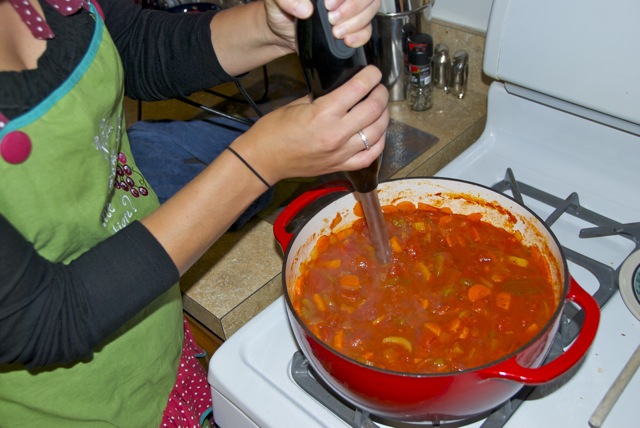
Immersion Blender Strengths:
Quick and easy use
Portable; you can bring it to the job (over to the stove top) rather than needing to bring the food to the tool
Handles anything hot, really well (soups, sauces, braising liquids, and so on)
Takes minimal storage space
Affordable
Quick and easy to clean
Immersion Blender Weaknesses:
Only does one task—blends
Cord can get in the way of your work
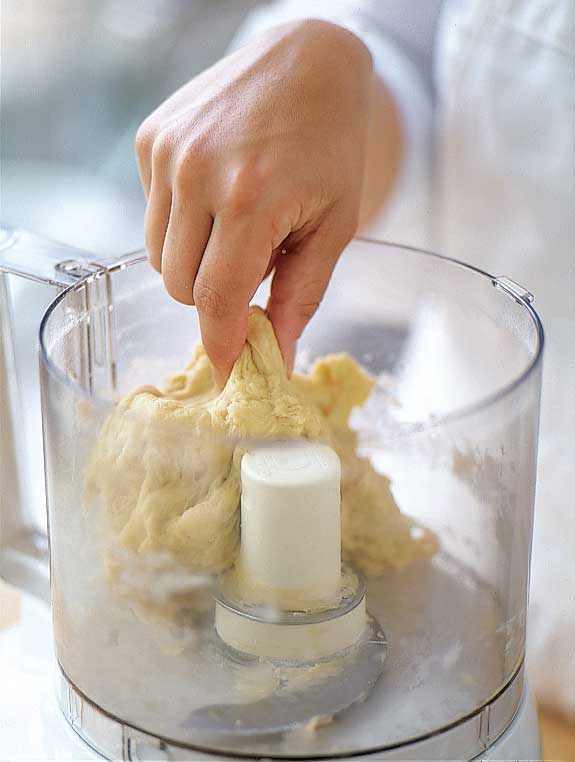
Food Processor Strengths:
Handles multiple tasks well; it slices, dices, shreds, chops, blends, mixes
Higher end, more powerful models easily handle nut butters, pie dough, hummus, etc.
Food Processor Weaknesses:
Can’t puree efficiently
Must be careful not to overfill container if doing liquids; can make a mess
Large and bulky, taking ample storage space
Can be expensive if buying the more powerful models
Difficult or time-consuming to clean
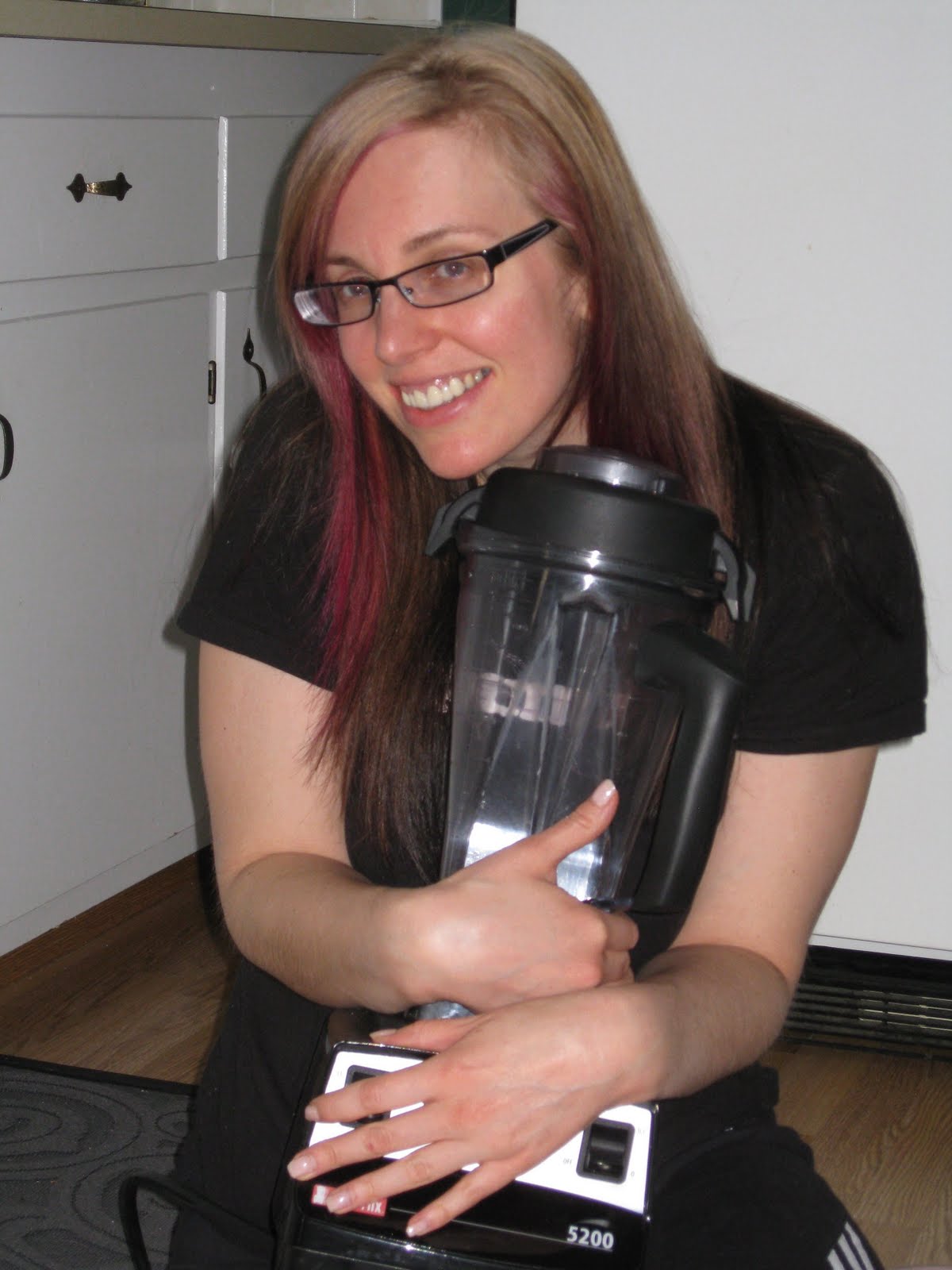
Finally, Steve asked if he really needed both (the countertop blender and the food processor). Again, it depends on your food-prep needs. I could live without a food processor (and I did for many years), but I couldn’t live without my high end countertop blender. I’ve only had an immersion blender for a couple years; I like it a lot, but I lived without it for decades.
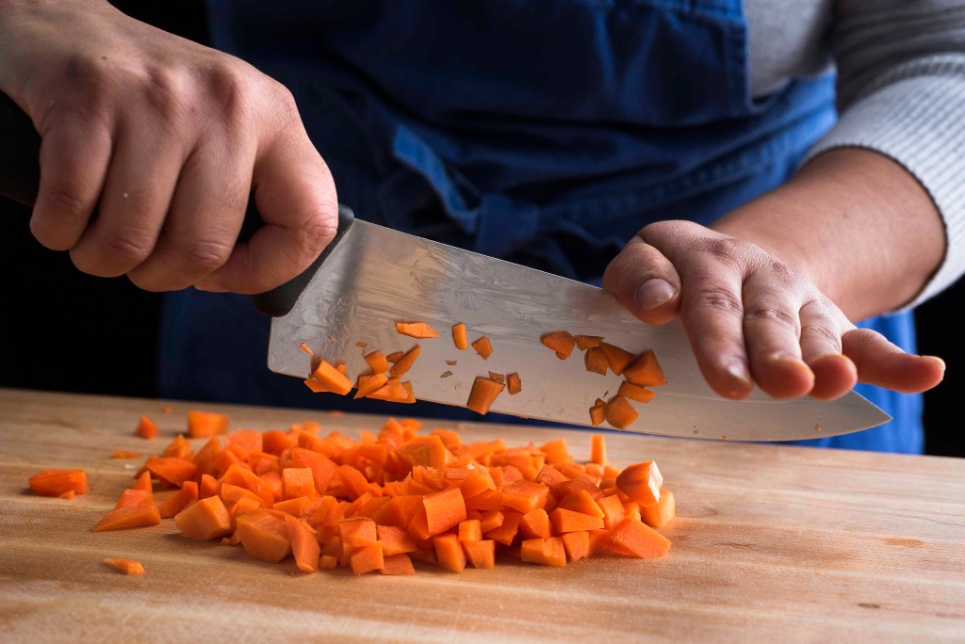
I’ll say this: If you don’t want to go the food processor route, at least invest in very high quality knives and develop your chopping skills.
So what about you? Which of the above-mentioned appliances do you prefer? What can’t you live without? And do you have ideas to share on how you use these appliances? We’d love to hear from you! It was great to hear from Steve; he made our day with his questions!
- www.amazon.com
- www.bakingbites.com
- www.recipetov.net
- www.juicermpire.com
- www.jessfuel.com
- www.blog.williams-sonoma.com
- www.healthyhoff.com
- www.cooking.nytimes.com
 Alice Osborne
Alice Osborne
Weekly Newsletter Contributor since 2006
Email the author! alice@dvo.com
